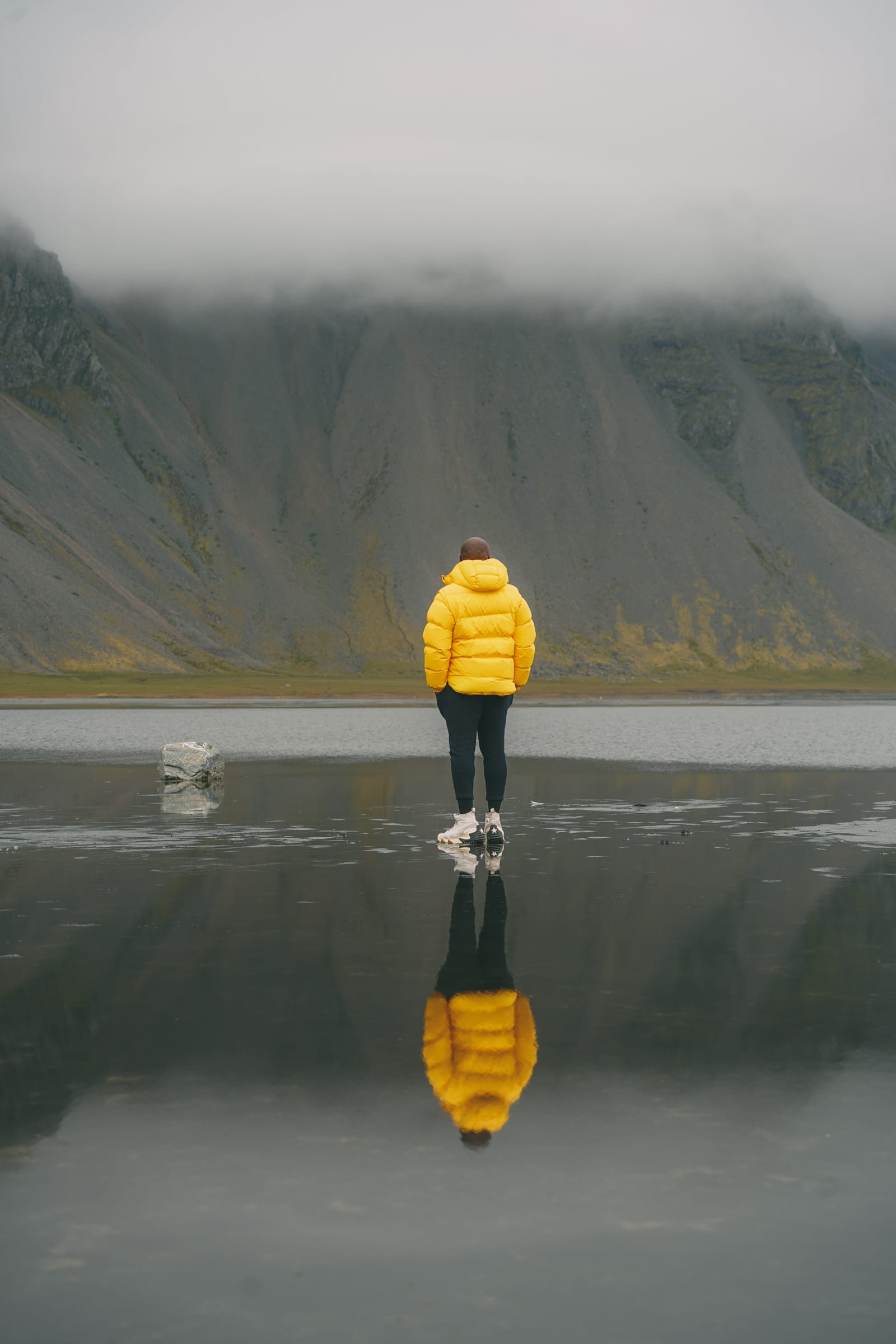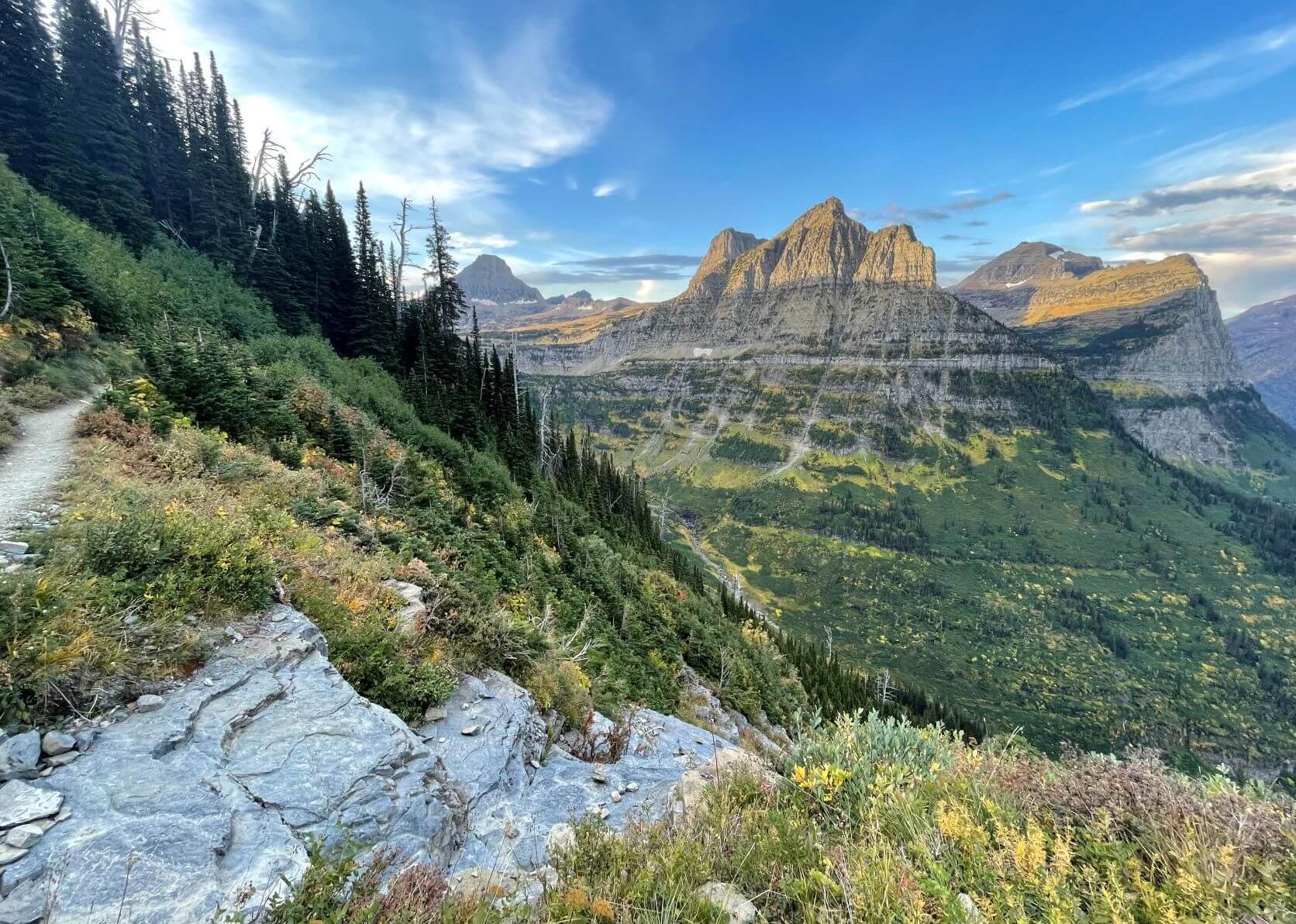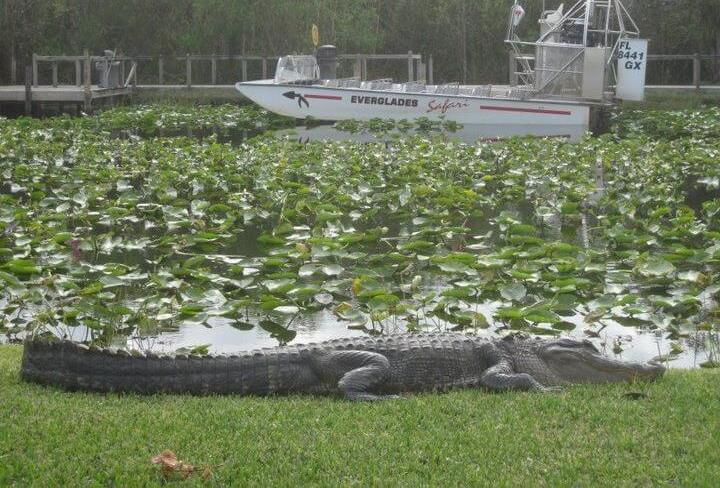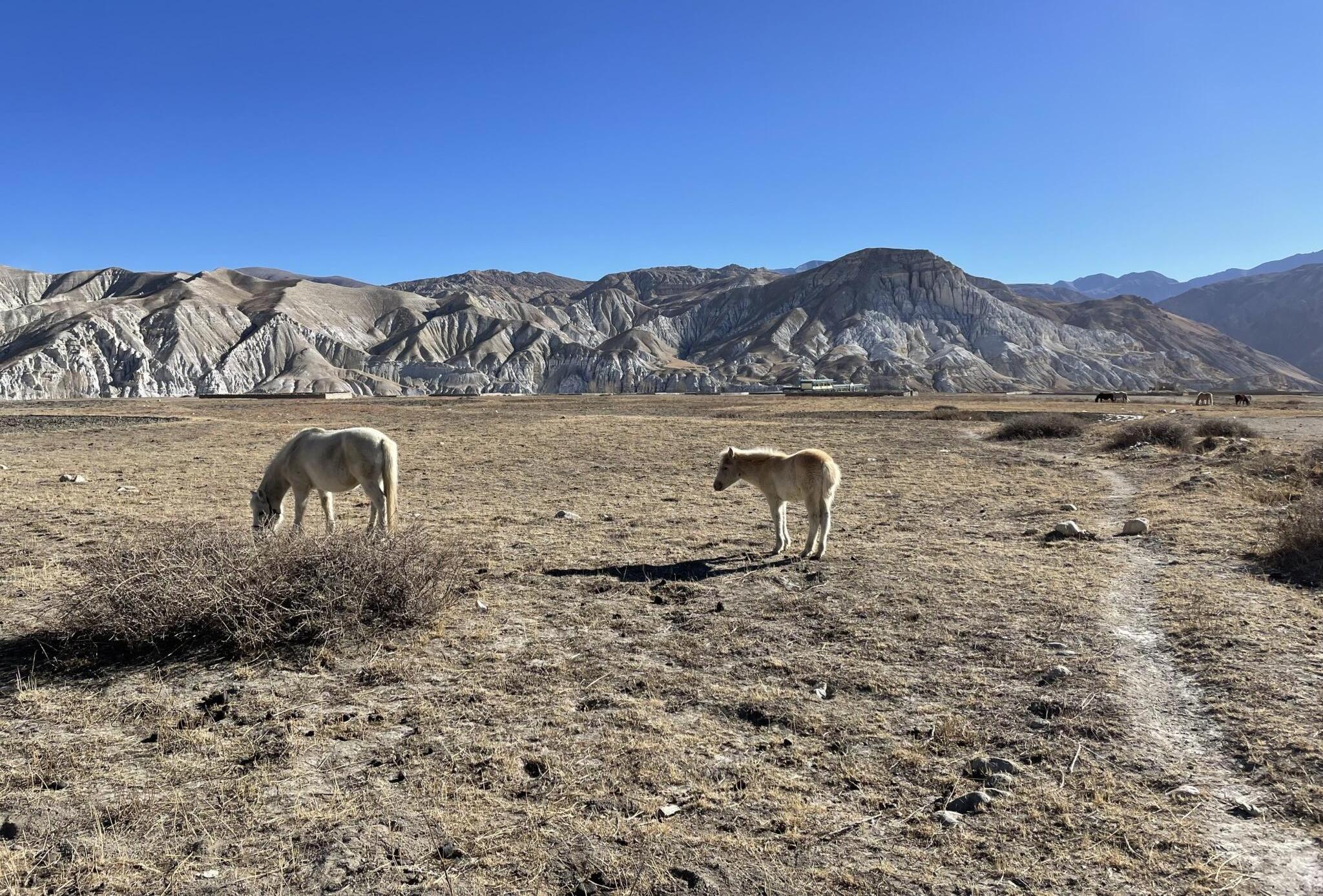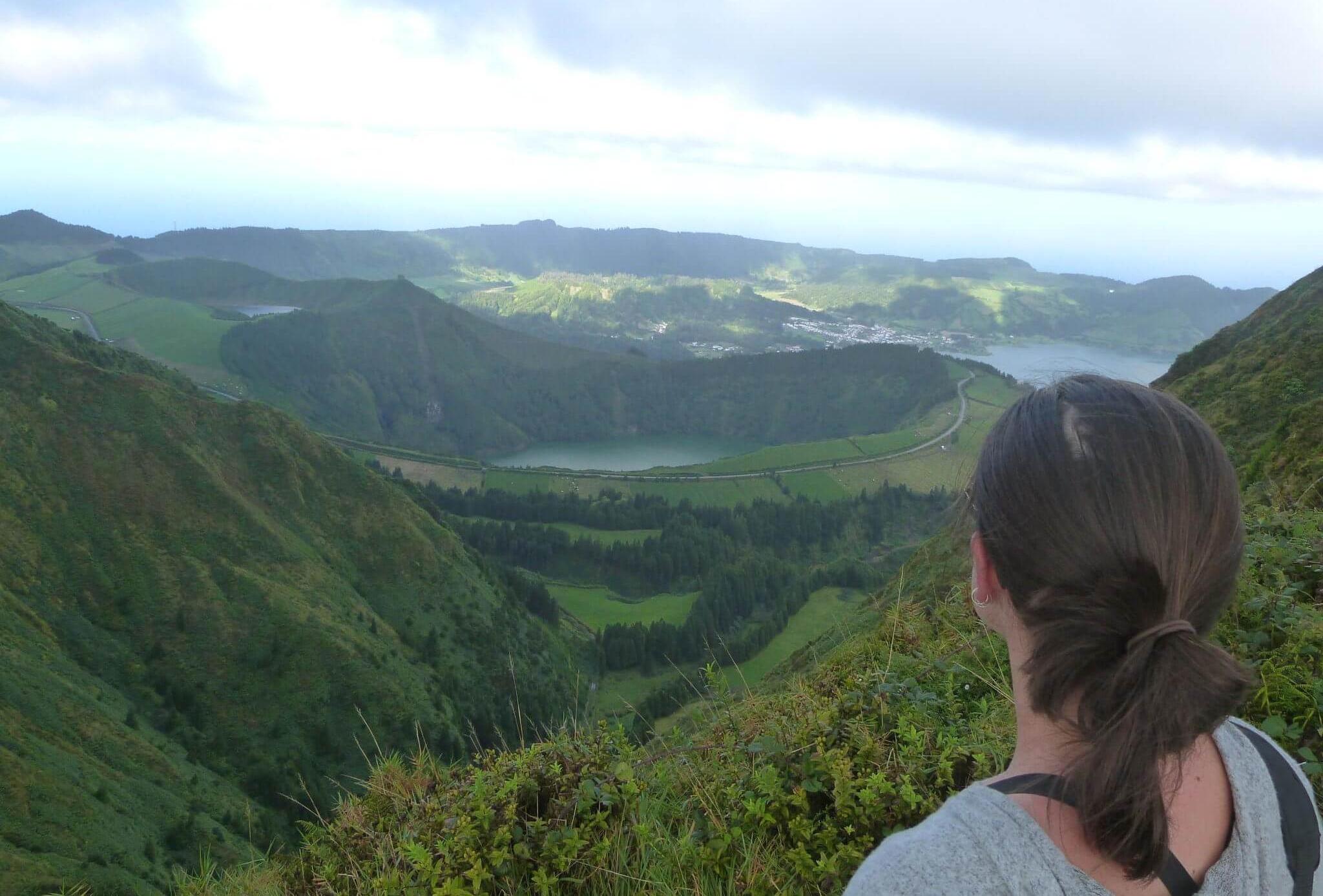Summary
There are numerous best things to do in Iceland during your trip. This country is stunningly beautiful, offering endless opportunities for exploration.
Iceland, often in the spotlight, seems to capture everyone’s attention, which is quite understandable given its striking landscapes and rich culture.

Having desired to visit Iceland for years, my initial trip was meticulously planned. I sought to uncover all the delights this island has to offer, ensuring no aspect went unexplored.
Whether it’s your first or twentieth trip to Iceland, it’s highly likely you haven’t experienced all the wonders this expansive island delivers. From towering mountains and volcanic terrains to geothermal features and friendly locals, the charm of Iceland is undeniable.
In fact, I would assert that Icelanders rank among the most welcoming people globally.
Without further ado, let’s explore the top places to visit, dine, and experience while in Iceland, as detailed in our accompanying map and guide below. Be sure to use the slider over the map to view location names.
When to Visit Iceland?

In summer, Iceland enjoys long daylight hours, providing ample opportunity to explore the breathtaking natural sights. However, visiting in winter brings shorter days, making it easier to witness the mesmerizing Northern Lights.
For a mix of both experiences, consider traveling between March-April or September-October. This timing allows for a generous amount of daylight while still permitting dark evenings ideal for Northern Lights viewing.
Each season presents unique experiences in Iceland, and with careful planning based on your interests, you can maximize your adventure on this magnificent island.
Where to Eat in Iceland?

Iceland is a culinary hotspot with an array of amazing restaurants, especially in Reykjavik. If it’s your first visit, be sure to explore the local cuisine outside the city as well.
Delicacies such as Skyr, Saltfiskur, and Svið (boiled sheep’s head) are local favorites. Don’t miss the renowned Bæjarins Beztu Pylsur hot dog stand in Reykjavik, often touted as Iceland’s best.
If you seek unique offerings, try Rugbrauð, a traditional Icelandic rye bread baked in geothermal areas, particularly at Laugarvatn Fontana geothermal pools, served with plenty of butter.
What to Pack for Iceland?

Always pack layers, waterproof gear, sunscreen, and waterproof shoes, as they are essential for experiencing all the activities Iceland has to offer.
For a complete list of packing essentials for your Iceland adventure, refer to our guidance on what to pack here.
What to See and Do in Iceland?
Below are some of the most extraordinary things to do in Iceland. Prepare for an unforgettable journey!
1.) Ice Caves of Vatnajokull Glacier
The glacial caves in Iceland are stunningly beautiful. The Vatnajokull glacier, being the largest in Europe, offers remarkable experiences.

Book an ice cave tour to experience this unique environment. Remember, such tours are best enjoyed during the summer months due to safety considerations.
2.) Blue Lagoon
For relaxation, the Blue Lagoon stands out as one of the hottest destinations in Iceland.
Indulge in the natural hot springs, enjoy the mineral-rich waters, and unwind in this iconic setting.
3.) Stokksnes Peninsula
This picturesque area on the southeast coast is one of Iceland’s earliest farming settlements.
4.) The Fumarole Fields of Namafjall
This volcanic area showcases openings in Earth’s crust, providing mesmerizing steaming vents. While exploring, keep a safe distance as the steam can be extremely hot.
5.) Fontana Geothermal Baths
At the Fontana Geothermal Baths, immerse yourself in exhilarating hot baths and steam rooms, then take a chilly plunge in the adjacent lake for an invigorating experience!
6.) See the Northern Lights
Witnessing the Northern Lights is a must. Although luck plays a role, strategic planning can increase your chances of observation.
7.) Whale Watching
Similar to the Northern Lights, whale watching also involves some luck, but embarking out into the ocean can yield thrilling sightings of these majestic creatures.
8.) Vik & Dyrhólaey
Located three hours east of Reykjavik, Vik and Dyrhólaey have stunning black sand beaches and dramatic cliffs, perfect for photography.
9.) Skógafoss
One of Iceland’s most easily accessible waterfalls, Skógafoss is breathtaking in any season. Don’t forget to look for the rainbow that might appear above the falls.
10.) Jökulsárlón Glacier Lagoon
Jökulsárlón is a stunning glacial lagoon that showcases magnificent glacial icebergs and serves as the perfect stop before heading onto the glacier itself.
11.) Horse Riding
Known for their docile nature, Icelandic horses are delightful to ride. Trekking through the scenic landscapes provides unforgettable views, rich in culture and history!
12.) Walk-Behind Seljalandsfoss
Seljalandsfoss is near Skógafoss and offers visitors the unique chance to walk behind the waterfall — a quintessential Icelandic experience.
13.) Fjadrargljufur Canyon
This stunning canyon, around 100 meters deep, stems from over 2 million years of ice shaping the terrain.
14.) Reynisfjara Beach
Reynisfjara Beach, visible from Dyrhólaey, is an iconic black sand beach surrounded by mesmerizing volcanic landscapes.
Be sure to visit Hálasanefshellir Cave on the east side of the beach for an extra touch of adventure!
15.) Solheimasandur Plane Wreck
Visit the site of a historic plane crash that took place over 40 years ago when an aircraft ran out of fuel. Accessing the wreck now requires a 5 km walk, especially challenging in fresh snow, so check local weather conditions before embarking on your adventure.
16.) Kirkjufellsfoss

Kirkjufellsfoss, located on the northwestern peninsula, is an easily accessible and stunning waterfall worth the drive on your Icelandic journey.
17.) Akureyri
Akureyri is the second-largest urban area in Iceland and offers many attractions like the Akureyri Art Museum and the stunning botanical gardens.
18.) Godafoss (Goðafoss)
Located in northern Iceland, Godafoss is a historically significant waterfall where it is said that statues of Norse gods were thrown as Iceland transitioned to Christianity over a millennia ago.
19.) The Geysir and Strokkur
Located along the Golden Circle route, Geysir erupts infrequently, so for more reliable viewing, head to the nearby Strokkur, which erupts every 8 minutes.
20.) Krafla-Viti Caldera and Lake
Krafla, located near Lake Myvatn, is a vast caldera approximately 10 km in diameter. This spectacular scenery should be on every traveler’s list visiting northeast Iceland.
21.) Gullfoss
Located along the canyon where the Olfusa river flows, Gullfoss is a gorgeous waterfall visible in both summer and winter.
22.) Reykjavik
Reykjavik offers a wealth of experiences for visitors. Make sure to explore the savory offerings at the city’s many restaurants, enjoy the vibrant nightlife, and take in views from Hallgrímskirkja church.
To truly appreciate Iceland’s beauty and attractions, consider embarking on an itinerary dedicated to discovering its many marvels.

